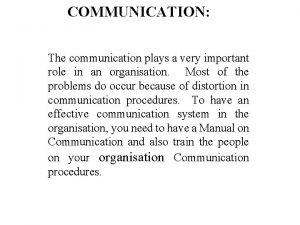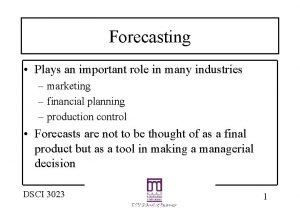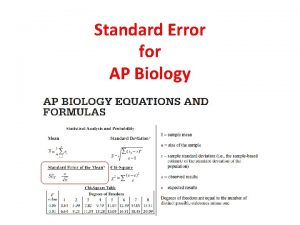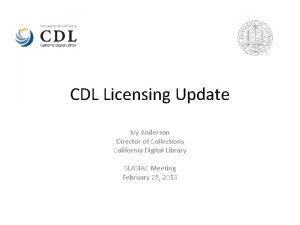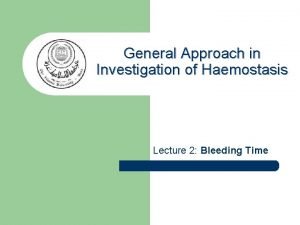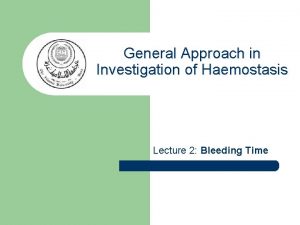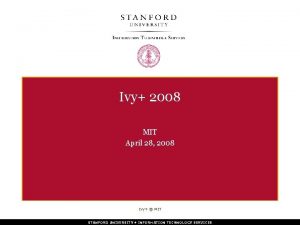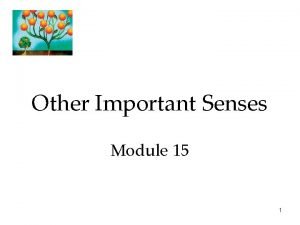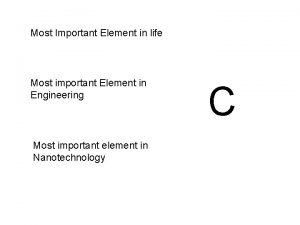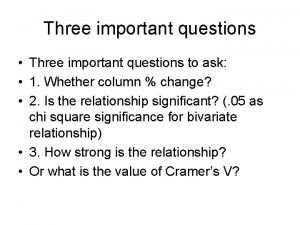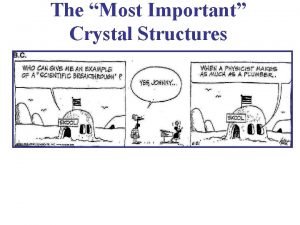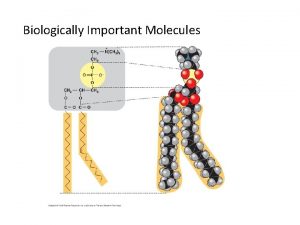Ivy Kidron ivy kidronweizmann ac il Important role

































- Slides: 33

Ivy Kidron ivy. kidron@weizmann. ac. il



Important role played by the usage of animations in students’ process and object understandings Using animations could reinforce some existing misconceptions or generate new misleading images.

Exploring families of functions with parameters. Process of differentiation Convergence processes

Taught at the secondary/tertiary interface. Age 16 – 17, N = 84

Symbolic tool Numeric tool Graphics web classnet Animation The software (Wolfram Research) Communications possibilities

An animation is a sequence of pictures that you flip through quickly. If the pictures are related to each other in some sensible way, you get the illusion of motion. T. W. Gray and J. Glynn “Exploring Mathematics with Mathematica” (1991)

a = -3, -2, -1, 0, 1, 2, 3 Click to view the animation

n = 1, 2, 3, 4, 5 Click to view the animation

in red in green Click to view the animation

Discrete - Continuous By means of animation , visualization of the process for decreasing values of h (a finite number)

The dynamic image produced by the animation could reinforce can be the misconception: replaced by (how much small? ) for very small.

Mathematica might be used in order to overcome some of the misleading images: Graphically we can plot the difference - for Numerically we can calculate values of the difference for different x.



Sin(x) and We fix n = 5 and we change the domain i is decreasing from 4 to 1 with step -1


For any ( in f(x)’s domain for some c between 0 and .

Expansion of f(x) = Sin(x) at x = 0 up to exponent 5: The error is for some c between 0 and the current x value.


f(x) = Sin(x) n = 3, 5, 7, 9 Click to view the animation

f(x) = Sin(x) We fix n = 5 and we change the domain i is decreasing from 4 to 1 with step -1

Former animations were present in the students’ minds when they were generating new animations, and sometimes it was a source of conflict. The students have seen by 2 - dimensional animations that the different approximating polynomials “shared more ink” with the function when the degree of the Taylor polynomial increased. In sin(x)’ example, when n was increasing the error was steadily decreasing for every n. This was not the case for other examples such as Tami’s example.

as a function of x and c n = 1, 2, 3, 4, 5 All the graphs were surprising!

The way Tami used Mathematica in order to check this surprising situation Tami expanded f(x) in power series and revised the visual pictures of the polynomials approximating better f(x) (in red) as n increases. f(x)=sin(x) cos(x) and the different polynomials which approximate it

"dynamic" plot of f(x) and the approximating polynomials Tami "it seems that the polynomials better approach the function when n is bigger. It is strange! When we looked at the animation of the upper estimate of the remainder of Lagrange, the result was different: The maximal error was getting bigger when n increased. " The surprising effect brought Tami to research the exact meaning of approximating better f(x) as n is increasing.

Discrete - Continuous N = 84, 81% proceeded step by step through a discrete sequence of finding the appropriate and were aware that the process is infinite. To every there is (sequential thinking)

(beginning with domain and finding the error). is not dependent on . is dependent on is not dependent on the error, since is fixing the error: the nearer we approach the point x=0 about which the function was expanded, the smaller is the error. 68% expressed the formal definition: to every positive number , there is a positive number such that…

back

back

back

back
 Newspaper article format
Newspaper article format Inverted pyramid in news writing
Inverted pyramid in news writing Least important to most important
Least important to most important Nonverbal communication plays an important role in
Nonverbal communication plays an important role in Molding a person meaning
Molding a person meaning Communication plays a very important role in
Communication plays a very important role in Forecasts play an important role in
Forecasts play an important role in Worker role azure
Worker role azure Rollendistanz krappmann beispiel
Rollendistanz krappmann beispiel Role conflict occurs when fulfilling the role expectations
Role conflict occurs when fulfilling the role expectations Poison ivy adaptations
Poison ivy adaptations Ivy vega
Ivy vega Mi az a maven
Mi az a maven Standard error of the mean biology
Standard error of the mean biology Cornell executive education
Cornell executive education Plants with behavioral adaptations
Plants with behavioral adaptations Ivy morales
Ivy morales Anny ivy
Anny ivy Ivy mike test
Ivy mike test Aaliyah ivy
Aaliyah ivy Ivy ledbetter lee
Ivy ledbetter lee Ivy tech indianapolis advising
Ivy tech indianapolis advising Ivy anderson cdl
Ivy anderson cdl Adaptations of lotus plant
Adaptations of lotus plant Ivy tech employee handbook
Ivy tech employee handbook Surgicutt device
Surgicutt device Fragrant posies meaning
Fragrant posies meaning Book night of the twisters
Book night of the twisters B-epic
B-epic Surgicutt method
Surgicutt method Archery presentation
Archery presentation Sherry
Sherry Ivy schuckert
Ivy schuckert Ivy tech math 135
Ivy tech math 135





